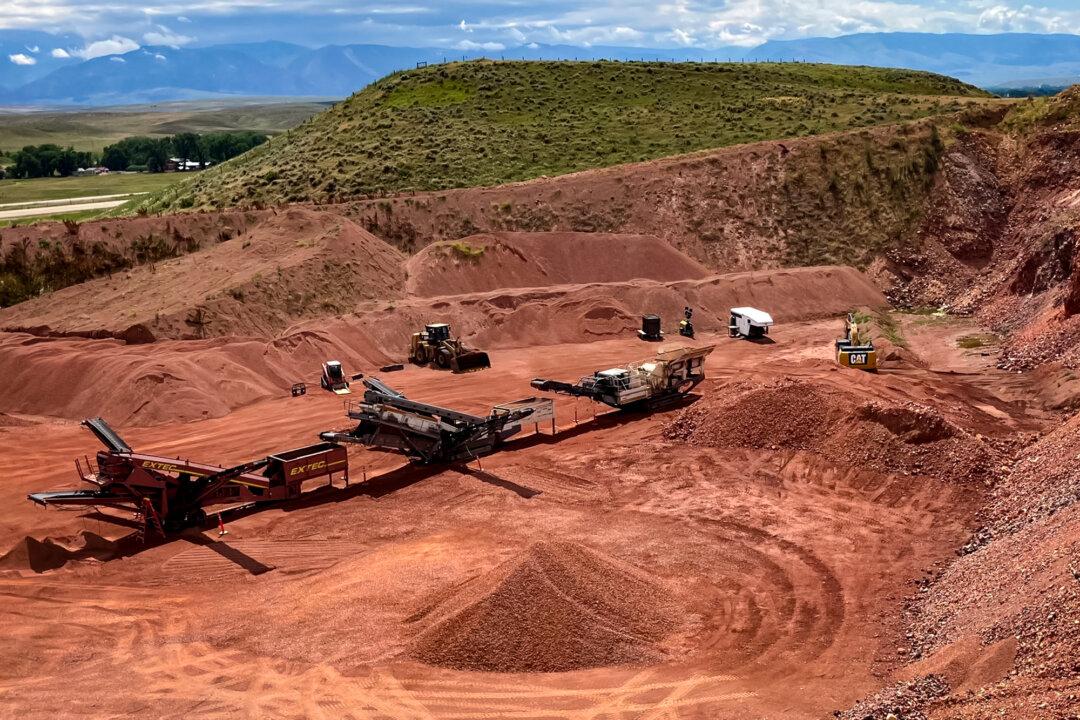Military competition in the Arctic has primarily been the province of submarines and air power for almost a century, but with a receding ice cap leaving this previously inaccessible ocean open to surface ships for longer spans, new trade routes are emerging.
These new sea lanes, which directly link three continents, promise to dramatically shorten shipping routes and boost global trade, similar to how the Suez and Panama canals did.
They also promise to be contested in a conflict, opening a new realm of warfare in a forbidding environment that Russia has long dominated by isolated proximity and through strategic investments in its Northern Fleet Joint Strategic Command, which includes a standing fleet of 32 surface ships, 33 submarines, seven ports, numerous air stations, and two infantry bases directly on the Arctic Ocean.
The United States, its NATO allies, and Pacific partners must scale up their combined presence in the Arctic Ocean and better develop its polar war-fighting capacities or risk ceding this increasingly vital realm to Russia, according to U.S. Chief of Naval Operations Adm. Michael Gilday, who has been lobbying to establish a regular rotation of joint exercises to practice defending these emerging sea lanes.
“Now, with, hopefully, Sweden and Finland joining NATO, eight of the nine nations of the Arctic Council are actually part of NATO. And so I think that that’s a force here,” he said on June 7 at a Brookings Institution “Seas and Strategy” presentation, ‘The Stakes at Sea.”
Gilday, who was joined on the panel by CMA CGM America/American President Lines (APL) President Peter Levesque and Scripps Institution of Oceanography Director Margaret Leinen, said a massive display of combined arms and naval firepower from nations around the globe is necessary to match the Russians—as well as China’s growing presence—in numbers and Arctic operational proficiency.
“So the parallel I would draw is to the ‘Rim of the Pacific' exercise, or RIMPAC, that we do every other year in the Pacific that involves about 30 navies and tens of thousands of sailors,” he said. RIMPAC “has been a ‘catastrophically’ successful venture for navies, and they’re not just from the Asia–Pacific. They’re from all over the globe.”





